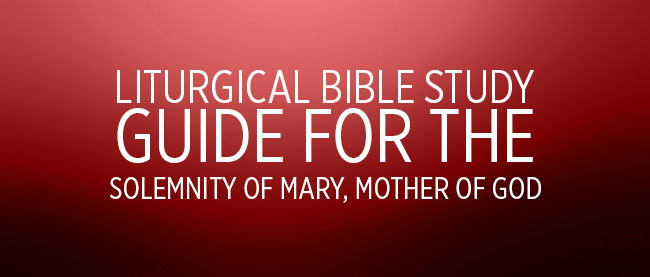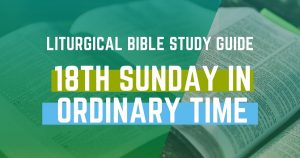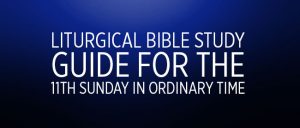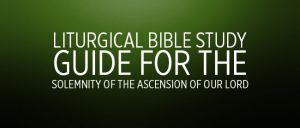Introduction
According to The Compact History of the Catholic Church by Alan Schreck, “The Bishop of Alexandria, Nestorius, denied that Mary could be called theotokos, meaning “God bearer” or Mother of God. He was part of a theological group called the school of Antioch, which did not want to risk any confusion between the divine and human. Calling Mary the Mother of God threatened to mix up God and man since Mary did not bring God into existence. However, another noted group called the school of Alexandria, led by the bishop of Alexandria, Cyril, saw no problem in calling Mary the Mother of God since this way of speaking safeguarded the unity of Jesus’ human and divine nature. The issue was settled in A.D. 431 by the Council of Ephesus, an ecumenical council of Catholic bishops which declared Nestorius wrong and affirmed the long-standing tradition of Christian prayer in which Mary was honored as Mother of God in his human nature, the mother of “God made man,” and not the mother of Jesus’ divine nature. Mary is the mother of a person Jesus Christ, who is both fully God and fully man.
“This initial dispute concerning the natures of Christ gave rise to another controversy in the middle of the century. Without examining the political rivalry behind the scenes between the patriarch of Constantinople and the patriarch of Alexandria, there was a serious theological debate about whether Jesus possessed one nature as a person – the divine nature – or two distinct natures, divine and human. The resolution finally came at the Council of Chalcedon in A.D. 451, which brought together and balanced the legitimate beliefs about Christ from the school of Antioch and the school of Alexandria. The council declared that Jesus exists in two natures, the divine and the human, which come together “without confusion or change, without division or separation to form the one undivided person of Jesus Christ, the Son of God incarnate.” Nestorius was deposed at the Council of Ephesus.
Canon 4 of the Council of Ephesus (A.D. 431) says: “If any of the clergy apostatize and dare either privately or publicly to accept the [views] of Nestorius or the [views] of Calesticus, these too are deemed by the holy council to be deposed.”
According to A Short History of the Catholic Church by Jose Orlandis, “By the first half of the 5th century the patriarchate of Alexandria had grown in power and many of its bishops took an active part in the internal affairs of the church of Constantinople itself. It also happened that after the death of St. Cyril extremist tendencies gained the upper hand in Alexandria. The Alexandrian theologians were unhappy about the Ephesus teaching on the two natures in the one person of Christ, due to their understanding two natures as being equivalent to two persons: they claimed that there was only one nature in Christ, because in the incarnation the human nature had been absorbed in the divine. When this doctrine – monophysitism – was preached in Constantinople by the archimandrite Eutyches, Flavian the patriarch deprived Eutyches of his office. The patriarch of Alexandria, Dioscorus, then intervened, with the support of Emperor Theodosius II. An unruly council was held at Ephesus (449) under the presidency of Dioscorus; the patriarch of Constantinople [Flavian] was deposed and exiled; a dogmatic letter sent to Flavian by the pope, by the hand of two papal legates, was prevented from being read, and the doctrine of the two natures in Christ was condemned. The pope, Leo the Great, gave this council a name which was passed into history – the ‘latrocinium [robber synod] of Ephesus.’” Flavian died on the way back to Constantinople as a result, it is said, of injuries received in the synod.
As a result, Pope Leo excommunicated Dioscorus and with the cooperation of Theodosius II’s successor, Marcian, two years later (451) the Council of Chalcedon, an ecumenical council, nullified the decrees of the robber synod and, upholding Pope Leo’s position, expounded with admirable clarity the Catholic doctrine of the two natures in the one Divine Person of Christ. Pretty fast work for those days.
1st Reading – Numbers 6:22-27
Because of the golden calf, Israel’s ultimate disobedience of God, the family priesthood no longer existed. The firstborn son no longer functioned as priest for his family. Now, the only priests were to come from the tribe of Levi and the right of invoking Yahweh’s name upon the community was reserved to Aaron and his sons. Today we hear the first priestly blessing.
2nd Reading – Galatians 4:4-7
To begin to understand the context of today’s reading we must reflect upon the setting of the first reading. God’s people have rebelled and created the golden calf. As a result, they are not a kingdom of priests, a holy nation, God’s treasured possession (Exodus 19:5-6). Instead, they are a nation of servants/slaves. The firstborn of every womb belongs to God (Exodus 34:19-20), God cannot be approached without a sacrifice in order to demonstrate their servitude. Jesus’ death on the cross was the final bloody sacrifice of the Old Covenant and instituted the New Covenant by becoming the sacrificial meal which seals it.
Let’s begin our study by looking at the three verses preceding today’s reading. “(1) What I am saying is that as long as the heir is a child, he is no different from a slave, although he owns the whole estate. (2) He is subject to guardians and trustees until the time set by his father. (3) So also, when we were children, we were in slavery under the basic principles of the world” [angels (Exodus 33:2-3)].





